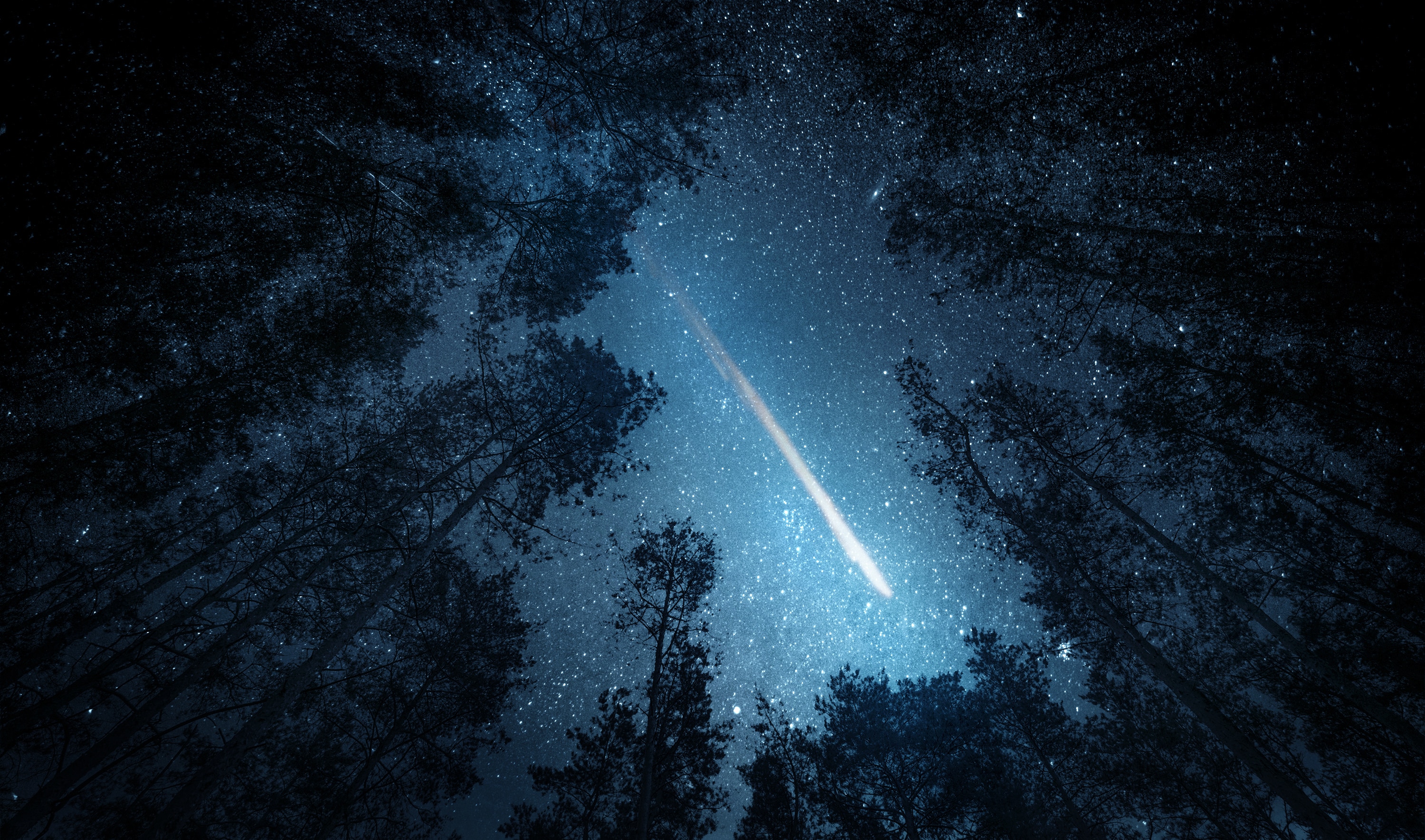Create a free profile to get unlimited access to exclusive videos, sweepstakes, and more!
Are we the aliens? Meteorites might have brought the stuff in our genes to Earth
It came from outer space.

Where does our stardust come from? It probably fell to Earth from outer space.
It almost sounds like Asteroid vs. Earth. Before anything ever lived here, meteorites are thought to have bombarded the planet much like the lethal meteor shower in the movie, except this wasn’t the end of the world — it was just the beginning. Now all the nucleobases that make up the DNA and RNA of life as we know it have been found in three meteorites that most likely formed at the solar system’s edge. If the stuff of life really did form somewhere out in the vast unknown, it is possible meteorites brought it over 4 billion years ago.
While some nucleobases, which merge with phosphates and sugars to create DNA and RNA, were previously found in meteorites, this is the first time that any space rock has revealed all of them. Adenine, guanine, and uracil (found only in RNA) have shown up before. Cytosine and thymine were the ones which remained elusive. Geochemist Yasuhiro Oba of Hokkaido University in Japan, who led a study recently published in Nature, was finally able to find them. He thinks there are several reasons why they had not been detected in the past.
“Previous extraction methods may not have been suitable for the detection of tiny amounts of these two bases,” he told SYFY WIRE. “It is also possible that the purification of the extracted sample may not have been enough for detection, or that analytical conditions for processes such as liquid chromatography may have not been enough.”
Acid is usually used to extract nucleobases from meteorites. The problem is that acid is so harsh, it might have eaten away at cytosine and thymine without anyone realizing it. Oba and his team had already developed an extraction method that used cold water, with which they successfully extracted hexamethylenetetramine (HMT) from another meteorite. HMT is another organic compound that could have led to the spawning of life on Earth.
Both the meteorite that HMT was extracted from and those which were hiding cytosine and thymine are carbonaceous chondrites. You can’t have organics without carbon. With high-performance liquid chromatography, the researchers extracted nucleobases from samples of the Murchison meteorite and two others with pressurized cold water and ultrasonication, or sound energy meant to excite particles. This method separated nucleobase molecules enough from the rock without destroying them like acid would. Sometimes, using hot water and acid for extractions can cause hydrolysis, or the breakdown a compound that reacts with that water.
“We adjusted our analytical methods for the detection of tiny amounts of cytosine and thymine, and made improvements in sample purification and liquid chromatography conditions,” said Obe. “Water extraction assisted with ultrasonication never decomposes nucleobases.”
Turned out that there was cytosine in all of the meteorites. Thymine was found in the Murchison sample as well as the fragment of the Tagish Lake meteorite. The Murray meteorite revealed isomers of thymine and cytosine, which have the same chemical makeup but different arrangements of atoms which give them different properties. There were either traces or isomers of every other nucleobase in every meteorite.
After testing the soil that surrounded these meteorites when they fell and finding that there were higher concentrations of some nucleobases in the space rocks, the researchers determined that those bases probably came from somewhere beyond Earth. There is still a chance that they could have been contaminated. The only way to be sure that the origins of such compounds really are extraterrestrial is to analyze a sample from a pristine asteroid, such as Ryugu, whose dust Obe is currently investigating.
"We expect to detect nucleobases and other N-heterocyclic molecules in the Ryugu samples,” he said.
What is found in meteorites might change our perspective on not just how life came into being on Earth, but what extraterrestrial life could be like. Maybe we are the aliens.


























